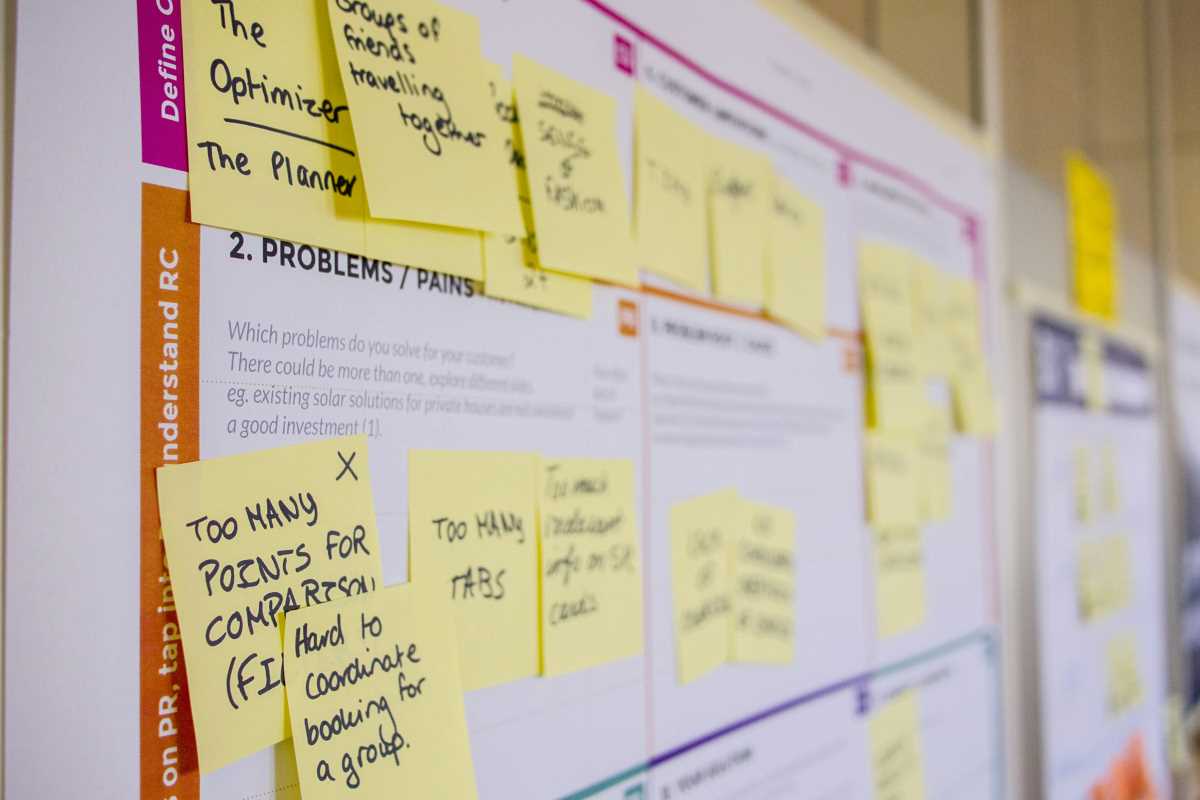The business world is always changing, and small businesses must adapt to stay competitive. As we look toward 2026, several key trends are set to reshape how entrepreneurs operate, market their products, and manage their teams. Staying ahead of these shifts is not just an advantage; it's essential for survival and growth. From artificial intelligence to community-focused branding, these developments offer new opportunities for those ready to embrace them.
This post explores ten major trends that will define the small business landscape in 2026. We will provide practical insights to help you prepare your business for what lies ahead. Understanding these changes now gives you the power to plan effectively and make smart decisions for your future.
Key Trends Shaping Small Business in 2026
1. AI Tools Become Everyday Helpers
Artificial intelligence is no longer just for large corporations. In 2026, small businesses will increasingly use AI to make daily operations more efficient. These tools can handle tasks that once took hours, freeing up owners to focus on growth. For example, AI-powered chatbots can provide instant customer support 24/7, answering common questions and solving simple issues.
AI will also streamline marketing. Automated systems can analyze customer data to identify the best times to send emails or post on social media. They can even help create ad campaigns that target specific audiences with greater precision. This technology helps small businesses compete with larger rivals without needing a huge marketing budget. Adopting these practical AI solutions can lead to better customer service and smarter business decisions.
2. Sustainability Is a Core Business Value
Consumers are more mindful of where their money goes. By 2026, a commitment to sustainability will be a must-have for many small businesses. This means more than just using recycled paper. It involves looking at your entire operation, from sourcing materials responsibly to reducing waste in your packaging.
For a retail shop, this could mean stocking products from local, eco-friendly suppliers. For a service business, it might involve going paperless or using energy-efficient equipment. Highlighting these efforts in your marketing can build trust and attract customers who share your values. People want to support businesses that care about the planet, and demonstrating your commitment can create strong brand loyalty.
3. Marketing Gets Hyper-Personalized
Generic advertising is becoming less effective. The future of marketing is hyper-personalization, which means tailoring your messages to individual customers. Using data from past purchases and browsing history, businesses can offer product recommendations that are genuinely helpful. Imagine a customer receiving an email about a new item that perfectly complements something they bought last month.
This level of personalization builds a stronger connection with your audience. It shows that you understand their needs and preferences. Small businesses can use customer relationship management (CRM) software to track this data and create targeted campaigns. The result is marketing that feels less like an ad and more like a helpful suggestion from a trusted source.
4. Remote and Hybrid Work Models Are Standard
The shift toward flexible work is here to stay. In 2026, many small businesses will operate with remote or hybrid teams. This approach offers significant benefits, including access to a wider talent pool. You are no longer limited to hiring people who live within commuting distance of your office.
To make this model work, businesses need the right tools. Project management software like Trello or Asana helps keep everyone on the same page, while communication platforms like Slack or Microsoft Teams facilitate collaboration. A successful flexible work environment is built on trust and clear communication. By establishing clear expectations and focusing on results, small businesses can create a productive and positive atmosphere for their teams, wherever they are located.
5. Subscription Services Create predictable Revenue
Subscription-based models are expanding beyond streaming services and magazines. Small businesses across many industries are finding ways to offer their products and services on a recurring basis. A coffee shop might offer a monthly subscription for a bag of beans, while a car wash could sell a membership for unlimited washes.
This model provides a predictable stream of revenue, which makes financial planning much easier. It also fosters long-term customer relationships. Subscribers feel like members of a club, which increases their loyalty. Think about what you can offer on a recurring basis. It could be a curated box of products, access to exclusive content, or a convenient service plan.
6. Social Commerce Simplifies Shopping
Social media is evolving from a marketing tool into a direct sales channel. Social commerce allows customers to buy products directly through platforms like Instagram, Facebook, and TikTok without ever leaving the app. In 2026, this trend will become even more widespread.
Features like shoppable posts and live-streamed sales events make the buying process seamless and interactive. For small businesses, this is a powerful way to turn followers into customers. To succeed, make sure your social media profiles are set up for shopping. Use high-quality images and clear product descriptions. Engaging with customers in real-time during a live sale can also drive significant revenue and build a strong community around your brand.
7. Employee Well-Being Becomes a Priority
A happy and healthy team is a productive team. Small business owners are increasingly recognizing the importance of investing in their employees' well-being. This goes beyond offering a fair salary. In 2026, competitive businesses will provide benefits that support mental and physical health.
This can include offering flexible work schedules, providing access to mental health resources, or creating a workplace culture that encourages a healthy work-life balance. These initiatives show your team that you value them as people, not just as workers. In a competitive job market, a strong focus on employee well-being can be a key factor in attracting and retaining top talent.
8. Local Branding Builds Stronger Communities
Consumers continue to show strong support for local businesses. In 2026, emphasizing your community ties will be a powerful marketing strategy. This involves more than just saying you are a local business. It means actively participating in your community.
Sponsor a local sports team, host a charity event, or partner with other local businesses on a promotion. Share these activities on your social media and in your marketing materials. When customers see that you are invested in the community, they are more likely to invest in you. This approach builds a loyal customer base that is proud to support a business that gives back.
9. Blockchain Offers Greater Transparency
Blockchain technology is often associated with cryptocurrencies, but its applications go much further. For small businesses, blockchain can offer a new level of transparency and security. For example, it can be used to create a transparent supply chain. Customers can scan a QR code on a product to see exactly where it came from and how it was made.
This technology can also be used for secure payments and to manage loyalty programs. While it may sound complex, user-friendly platforms are emerging that make it easier for small businesses to adopt blockchain. Using this technology can build significant trust with customers who value honesty and accountability.
10. Micro-Influencers Provide Authentic Reach
Collaborating with influencers is a popular marketing tactic, but you do not need a huge budget to make it work. Micro-influencers, who have smaller but highly engaged followings, can be incredibly effective partners for small businesses. These influencers often have a strong connection with their audience, and their recommendations are seen as authentic and trustworthy.
Identify micro-influencers whose followers match your target audience. Reach out with a proposal for a partnership. This could involve them creating content featuring your product or service in exchange for payment or free products. It is a cost-effective way to reach a new, relevant audience and build credibility for your brand
 (Image via
(Image via





